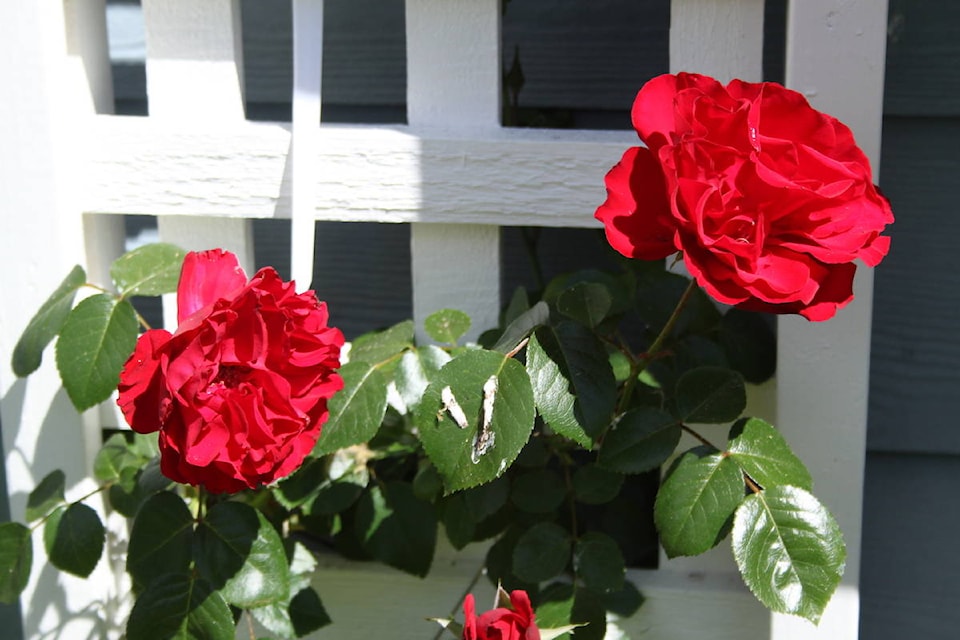June 5, 1917
“That this council approve of this action of the federal premier, Sir Robert Borden, in his decision to introduce into the Dominion Parliament a bill providing for military service by selective draft and urge the government to take action to conscript all the man power and wealth of the country with the object of promoting the successful and speedy termination of the war.”
This resolution by Alderman W.O. Rose and seconded by Alderman J.A. McDonald was unanimously carried at last night’s meeting of the Nelson City Council. City Clerk W.A. Wasson, on instructions from the council, forwarded a copy of the resolution to Sir Robert Borden.
June 13, 1917
After visiting the Kootenay Lake General Hospital old building yesterday afternoon, when the impossibility of giving patients proper treatment was pointed out to him, Hon. J.H. King, Minister of Public Works, said to the directors that the Provincial Government would not recede from its decision to make no grant this year.
He mentioned that after the war the hospital must expect to have to take care of many returned soldiers, who would be discharged and therefore would be a liability of the provincial hospitals.
If the Kootenay Lake General Hospital did not take care of such men it would lose its provincial per capita appropriation, he pointed out. He intimated the provincial government, however, would not aid the directors to prepare to meet this need by making the appropriation this year that it asked for. His suggestion was the city, which has already guaranteed bonds in the amount of $30,000 for the new building which is under construction, should be asked for further aid.
June 14, 1917
In the completion of a deal between “Mickey” Monaghan and C.W. Curtis, of Rupert Idaho, by which the latter takes over the former’s 84 acre ranch at a selling price of $12,000, the first ranch located in the Kootenay valley, west of Nelson, has been disposed of by the pioneer rancher.
Mr. Monaghan located the ranch in 1892. He planted the first small fruit bushes in that district in 1894, bringing them from Spokane. When he decided to start ranching in the valley his friends laughed at him and stated his project would be a failure.
He was satisfied that there were excellent possibilities and settled on the ranch and commenced clearing it.
When the Canadian Pacific Railway came through the valley he sold it five acres as a right of way and gave the Taghum mill five acres as a mill site, later selling the milling company an additional five acres.
The mill is still located on the site which he sold. The land was wild and rough when he located and he encountered many difficulties in clearing it and getting it established on anything like a paying basis.
Today about 60 acres are cleared, the biggest clearing of any ranch east of Bonnington. (ed note $12,000 in 2017 = $205,125)
June 22, 1917
Lightning which came in on street railway feeders about 7:30 yesterday morning burned from 110 to 180 generator coils at the substation and the street railway service will be suspended for a week or 10 days as a result.
One of the cars was in the barns when the accident occurred and the other near Hale’s boat house on the lake front.
The latter car will be left on the tracks till the damaged power system is put in operation again, as it is so heavy that it would take several horses to draw it to the barns.
Lightning also resulted in three transformers being burned out on the hill yesterday morning. They were all repaired yesterday.
June 22, 1917
That a firm of Irish rose growers had named a specially hybridized rose the Kootenay Rose in recognition of an application from the Nelson Improvement Association four years ago, was reported to the meeting of the association at city hall last night by Dr. E. G. Smyth.
The doctor was instructed to communicate with the firm and get quotations on 100, 200, and 300 lots of bushes.
The meeting expressed gratification at having succeeded in arousing the interest of the Irish firm to such an extent that it had produced a special rose in response to the association’s requests.
